If your business is off the web, do you even have a business? The Internet has entered most homes around the world, and that is the sole reason a website should be the center of your digital marketing world. And here is where the correlation of web design and SEO comes in – to make sure that organic traffic is generated where it should be – in your own digital backyard.
About 68% of online experiences begin with a search engine, which shows how important they are for getting around online. Notably, Google rules this field. In fact, it’s responsible for almost 93% of all global traffic, which includes searches on Google Search, Images, and Maps.
Why Is SEO Important For Your Website And Business?
SEO is critically important for your website and business due to its ability to significantly enhance visibility and drive organic traffic. Effective SEO strategies ensure that your site is not only visible, but also appears trustworthy and authoritative to potential customers. As a result, it will attract more visitors to your website.
SEO is also a cost-effective solution to boost your online presence. Unlike paid advertising, where costs can escalate with the scale of your campaigns and depend on your card having money, SEO is a long-term investment that will last as long as you invest in your website and its content.
Where Does Design Come Into This?
Using search engine optimization (SEO) in web design means making changes to a website to help it rank higher in search engine results. Although SEO plays a big role in website development, there are still many areas of website design where SEO consultations are needed, especially when building out a site structure and layouts that impact content.
Implementing SEO web design will provide a business with a competitive edge over others in the same industry. If your site offers a better user experience and ranks higher than competitors, it is more likely to attract and retain customers.
And with proper SEO work done in the design phase of the websites, business can mitigate many potential problems they might have when developing the website and publishing it.
Improved Search Engine Rankings
When a website development agency encompasses responsive design and SEO when building a website, it helps improve the site’s visibility on engines. Higher positioning on SERP (Search Engine Results Pages) increases the possibility of potential customers discovering your business.
By combining SEO and responsive web design a site can be optimized both for traffic and for conversions. This includes clear calls to action, optimized forms, and a layout that will direct a visitor naturally to the checkout or contact page.
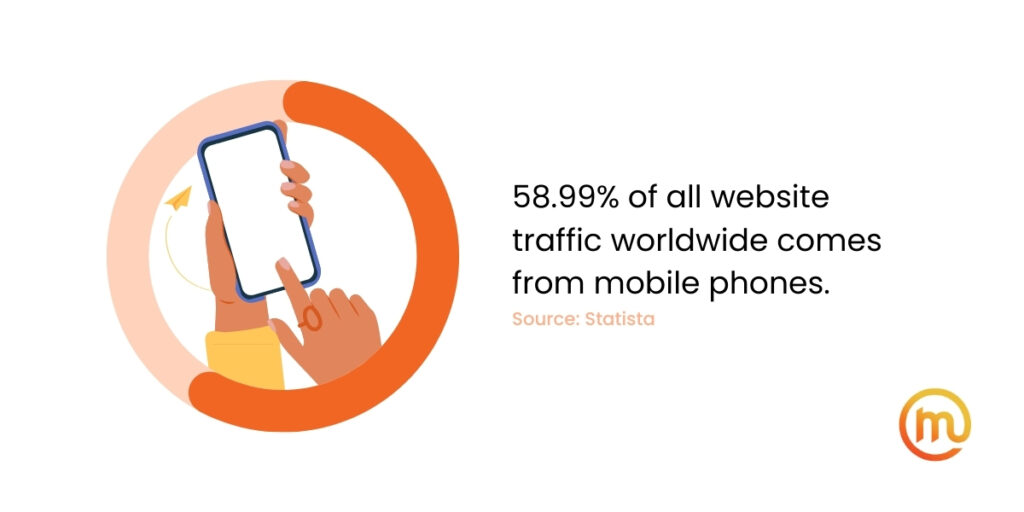
How To Develop A SEO-Friendly Website?
So, the message is clear – not only should your site look good (first impressions and all that jazz,) but you need to make sure is optimized. It needs to be smooth in every way possible. To achieve this, not only do you need some professional help from an SEO services agency, you also need to be careful of the following factors (although we already mentioned some of them):
- Responsive design,
- Good website loading speed,
- Clear navigation,
- Good heading structure
- Optimized content,
- Mobile optimization,
- Use of header tags,
- Clean and clear URLs,
- Alt text for images,
- Secure website (HTTPS).
Responsive Design and Fast Loading
Not only should you stick to the advice of making your site SEO-friendly, but you should also make sure it’s responsive. Responsiveness means it automatically adjusts its layout to fit different screen sizes and devices, including desktops, tablets, and smartphones.
Believe it or not, speed is a direct ranking factor for SEO because a faster website provides a better user experience. When you manage to minimize the load time of pages through optimized images, clean code, and reliable hosting, it can boost your optimization efforts through the roof.
Google also prioritizes indexing and ranking material that is optimized for mobile devices using mobile-first indexing. As of February 2024, more than 61% of all page traffic comes from people using mobile devices, and this just goes to show how important mobile optimization is.
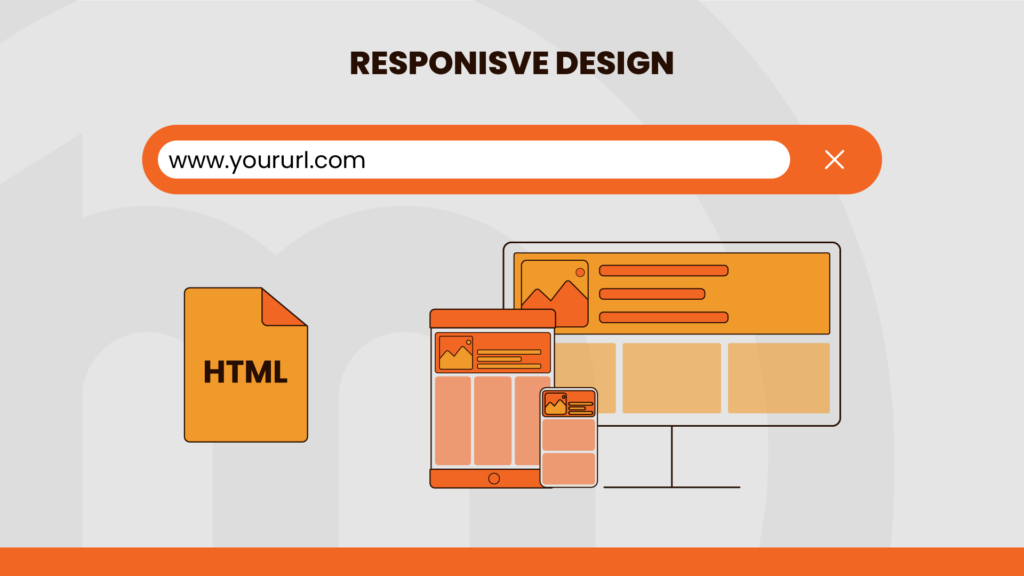
Clear Navigation and Optimized Content
Easy-to-follow and logical navigation is there not only for visitors but also to help search engines understand your site structure. This means you should have a well-organized menu, clear links, and a sitemap that search engine bots can crawl in no time.
On top of that, content is king for optimization and ranking. It means you will need to include high-quality, original content that is optimized for relevant keywords without overstuffing. Headers, meta tags, and descriptions are not to be forgotten for improving visibility.
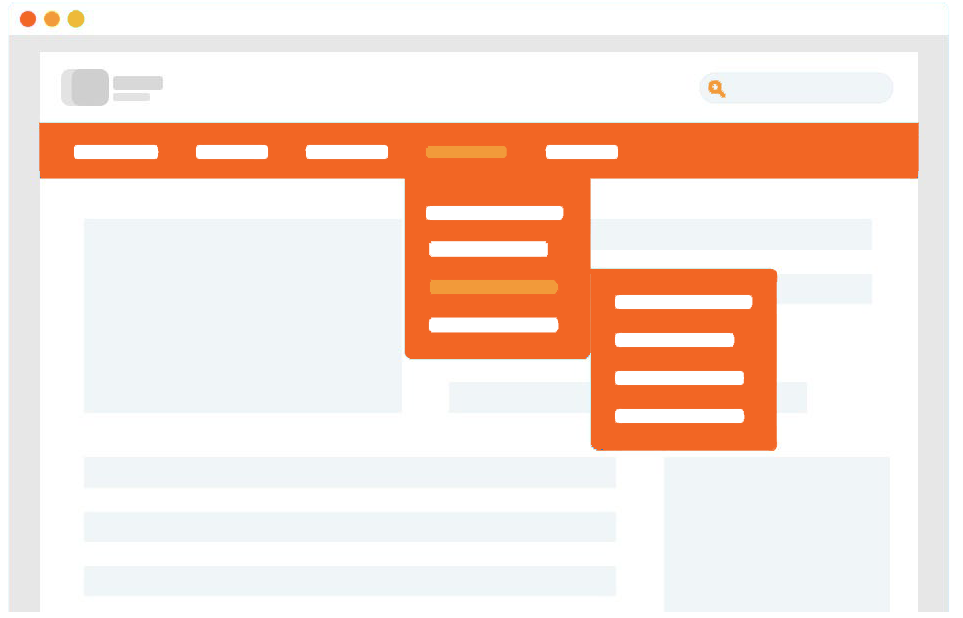
Header Tags and Optimized URLs
Another one of the crucial SEO guidelines is that header tags (H1, H2, H3) should be used properly. It helps with several things – the content is organized clearly, and search engines can easily understand the hierarchical structure of information.
Don’t skip creating clean, concise URLs that include relevant keywords. Also, avoid long URLs and use hyphens to separate words. This makes it easier for search engines to analyze the information and for users to understand and remember the URLs.
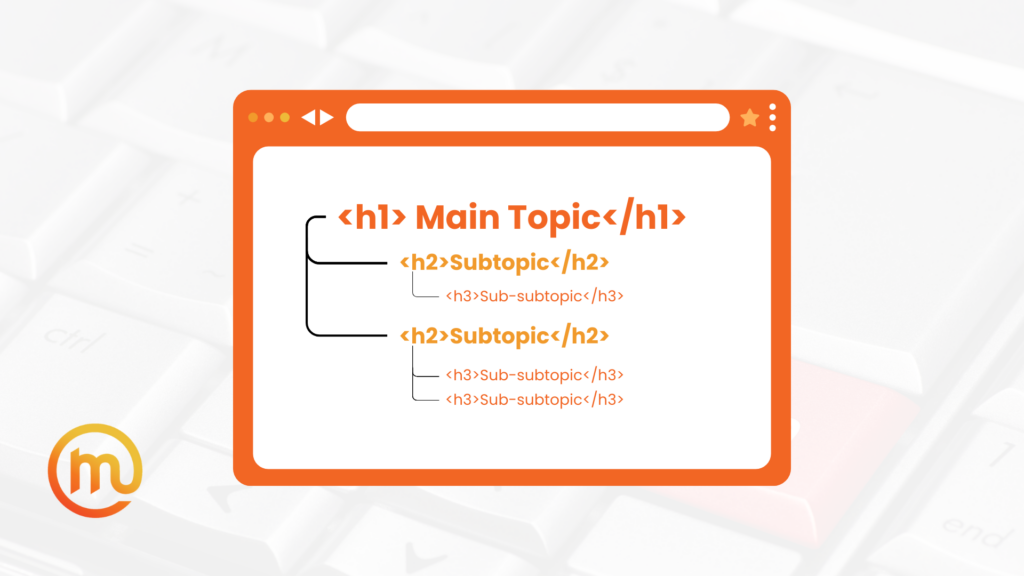
Website Architecture and SEO Work Hand In Hand
If your website’s architecture is optimized, crawlers will work with less effort and optimize a webpage in an instant. Picture this: You have a couple of webpages many clicks away from the home page, or these pages are simply not interlinked.
This makes it difficult for Google crawlers and users to find these particular pages and index them. The longer it takes for a user or crawler to find a page, the more chances they have of losing both.
The Importance of Internal Linking
Another crucial thing that affects how well visitors navigate the site, and how well search engines understand its structure is internal linking. These links fall into two main categories – navigational and contextual. Navigational links are a consistent feature across a website, found in areas like the header, footer, and navigation bar. These links ensure users can easily access major sections of the site no matter where they are on it.
On the other hand, contextual links are placed directly in the content. They guide users to related content, enhancing the depth of their site experience. Contextual links give users a clear idea of what to expect if they follow the link, while adding to the value of the site and enriching the content.
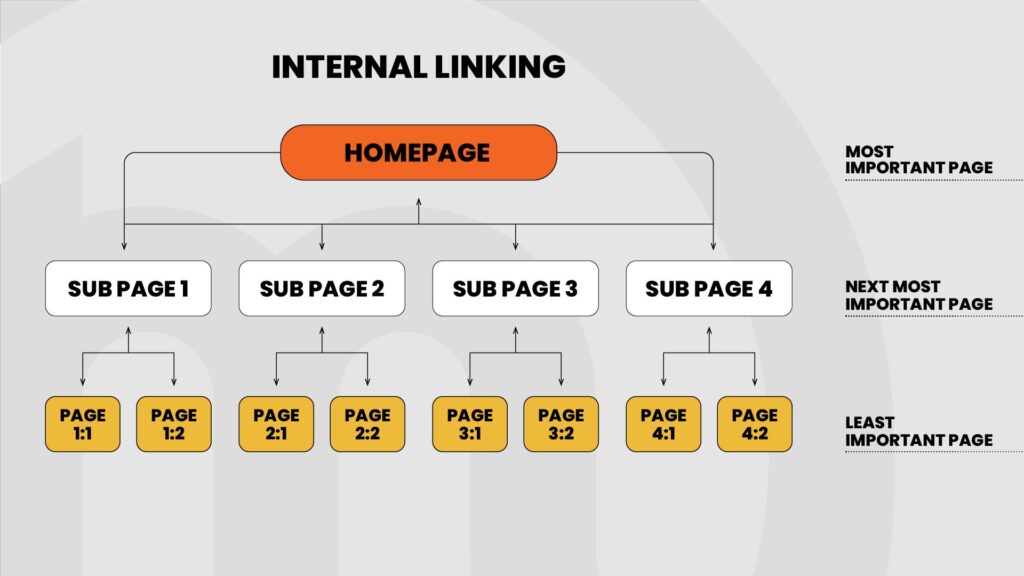
Optimizing Your Website’s Images
There are some additional things you can do while optimizing, that will generate even more traffic, and that is to optimize images. Here are a few simple steps to follow to make sure you do it properly:
- Choose the right file name, and make sure it’s descriptive. Include relevant keywords that summarize what the image is about.
- Reduce file size because properly compressed images help your website load faster without losing quality.
- Add alternative text for each image separately. It describes what’s in the image for better indexing.
- Use responsive images to make sure they look good on all devices. This adjusts image size based on the viewer’s screen.
Create a Memorable Online Corporate identity With the Best SEO Agency
In the end, it’s clear that if you want to improve your online visibility and search engine rankings, you must optimize your website and choose a design that will run smoothly. If you hire a professional SEO agency, such as Made Online, you will gain the knowledge and assistance you need. We’ll help you get made online, and partner with you to make the most of optimization tactics to bring your site to full potential. Contact us to help you transform your digital strategy and make your online presence stand out.

